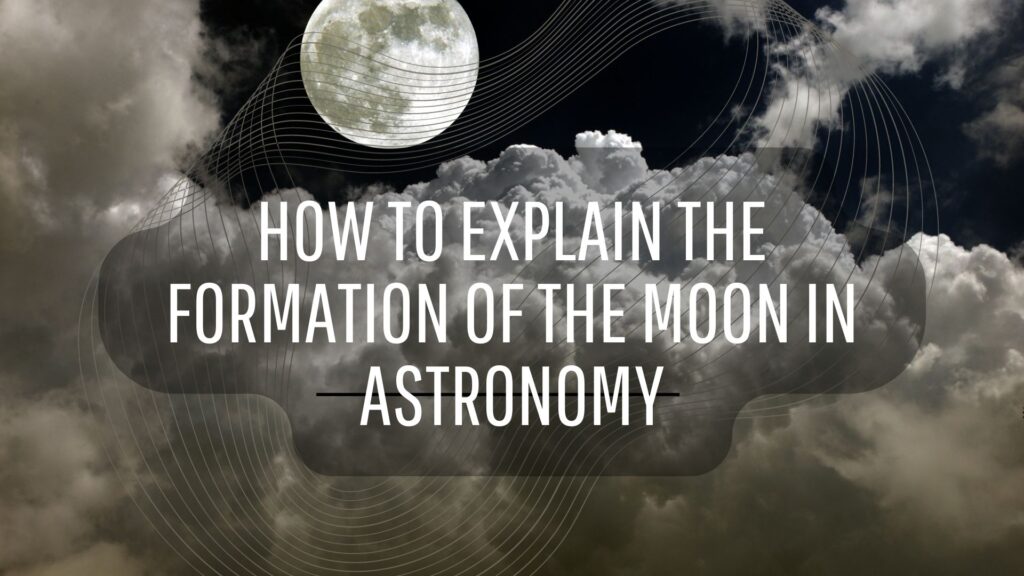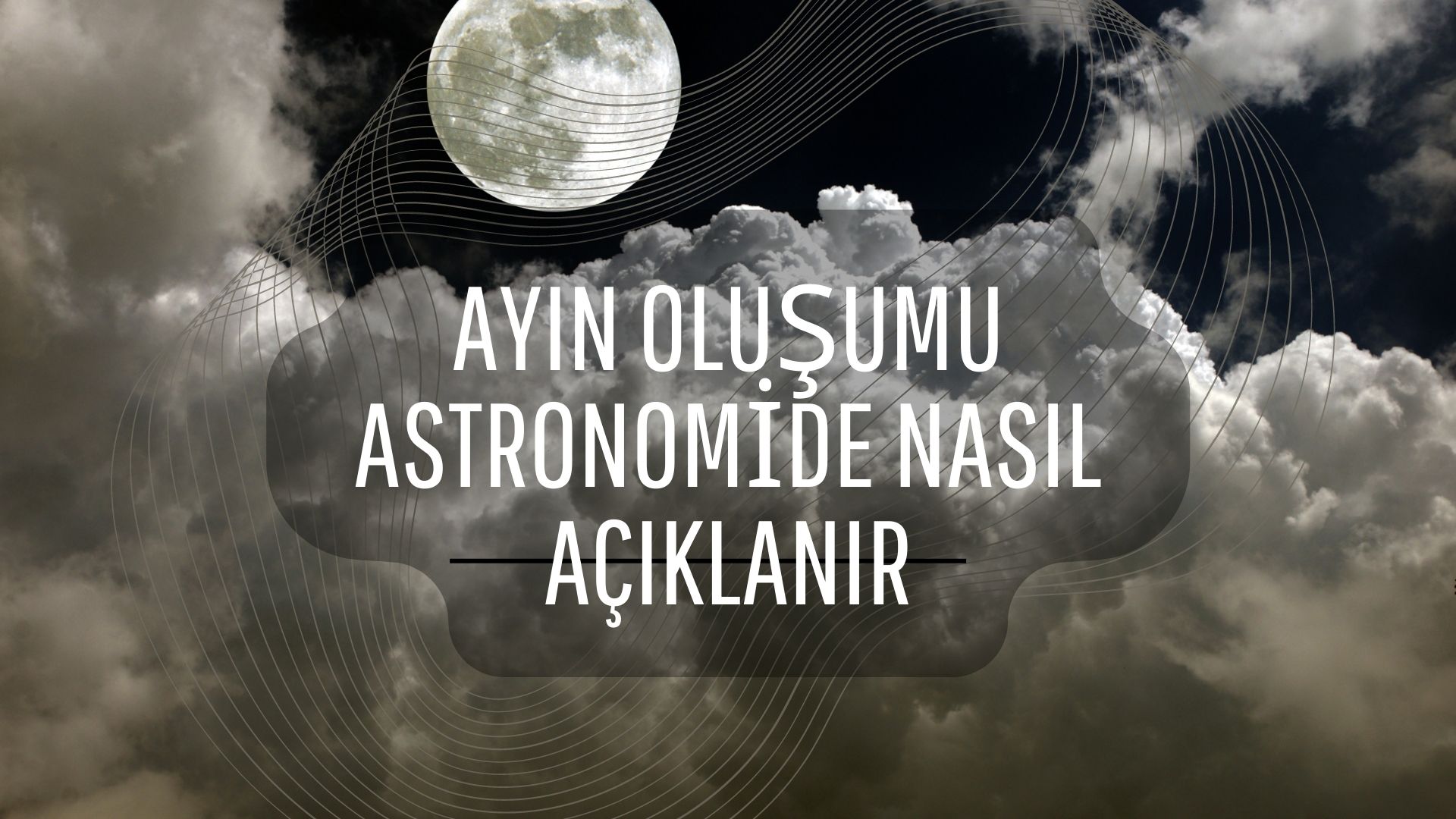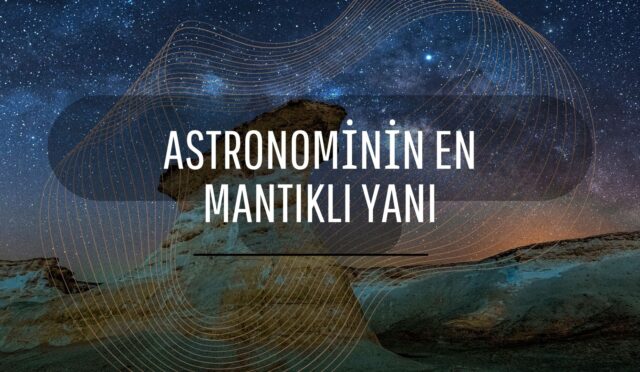Ay’ın Oluşumu Astronomide Nasıl Açıklanır?
Güneş sisteminin en sıra dışı gezegeni olan Dünya’nın tek uydusu Ay’ın oluşumu yüzyıllar boyunca merak edilen bir konudur. Bugün hala tam olarak nasıl oluştuğu ile ilgili kesin bir bilgi bulunmasa da birkaç teori ortaya atılmıştır.
Ay Bir Asteroid Olabilir Mi?
En yaygın teorilerden biri Ay’ın, Dünya’nın çekim kuvvetine takılmış bir asteroid olduğudur. Pek çok gök cismi gezegenlerin çekim alanına girerek ve belirli bir yörünge etrafında dönerek uydu haline gelmektedir. Dünya’ya yaklaşan pek çok gök cismi ise atmosfer tabakasında yanarak yok olmaktadır.
Fakat atmosfer büyük gök cisimlerini yok edebilecek kapasiteye sahip değildir. Bu açıklama Ay’ın tek uydu olmasını kanıtlar niteliktedir. Fakat Ay büyüklüğünde bir asteroidin Dünya’nın yörüngesine takılı kalması ihtimali bilimsel olarak açıklanması zor bir durumdur.
Ay Dünya’dan Kopmuş Bir Parça Mı?
Bir diğer teori ise Dünya’nın oluşum sürecinde bir gök cismine çarpması ve kopan parçaların Ay’ı oluşturmasıdır. Bu teori astronomi dünyasında daha fazla kabul görmektedir. Bunun nedeni Ay’dan alınan toprak örneklerinin bir patlama sonucunda meydana geldiğini göstermesidir.
Bununla birlikte Ay, Dünya ile bazı benzer özellikler göstermektedir. Bir zamanlar suya sahip olduğu, fakat Dünya gibi bir atmosferinin olmaması sebebiyle suyun tamamen buharlaştığı, çorak bir yüzeye dönüştüğü bilimsel olarak ortaya konmuştur.
Aynı zamanda bu kadar büyük bir gök cisminin Dünya’nın yörüngesinde kalabilmesi de Dünya’ya uzak bir yerden gelmediğini gösterir. Ay, büyük bir hızla Dünya’ya yaklaşan bir gök cismi olsaydı, Dünya’nın çekim kuvveti bu kadar büyük bir gök cismini yörüngede tutmaya yetmezdi.
Son yıllarda bu teori daha fazla talep görmektedir. Bir çarpışmanın Ay’ın oluşumda etkili olduğu kabul görmektedir. Bunun da en önemli dayanağı Dünya ve Ay’daki kayaların oluşum süreçleri incelendiğinde birbirine olan benzerlikleridir. Fakat Ay’ın bu çarpışmadan sonra paramparça olmaması ve yörüngede kalması özel bir açıyla çarpışma yaşandığını göstermektedir.
Fakat bu teoriyi ispat etmek oldukça zor görünmektedir. Bilinen her iki teori de kesinlik kazanmamıştır. Ay’ın oluşumu ile ilgili araştırmalar devam etmektedir. İlerleyen zamanlarda Ay’a gönderilen ve araştırma yapabilen robotlar sayesinde Ay’ın oluşumu ile ilgili daha net bilgilere ulaşılması mümkün olacaktır.

How to Explain the Formation of the Moon in Astronomy
How is the Moon’s Formation Explained in Astronomy?
The formation of the Moon, the only moon of the Earth, the most unusual planet in the solar system, has been a subject of curiosity for centuries. Although there is still no definite information about how exactly it formed, several theories have been put forward.
Could the Moon Be an Asteroid?
One of the most common theories is that the Moon is an asteroid caught in the gravitational pull of the Earth. Many celestial bodies become satellites by entering the gravitational field of the planets and rotating around a certain orbit. Many celestial bodies approaching the Earth are destroyed by burning in the atmosphere layer. However, the atmosphere does not have the capacity to destroy large celestial bodies. This explanation proves that the Moon is the only satellite. But the possibility of a Moon-sized asteroid stuck in Earth’s orbit is difficult to explain scientifically.
Is the Moon a Piece of the Earth?
Another theory is that the Earth collided with a celestial body during the formation process and the fragments formed the Moon. This theory is gaining more acceptance in the world of astronomy . This is because soil samples taken from the Moon show that it was formed as a result of an explosion. However , the Moon shows some similar features to the Earth. It has been scientifically proven that it once had water, but because it did not have an atmosphere like Earth, the water evaporated completely and turned into a barren surface.
At the same time, the fact that such a large celestial body can remain in Earth’s orbit shows that it did not come from a distant place to Earth. If the moon were a celestial body approaching the Earth at a great speed, the gravitational force of the Earth would not be enough to keep such a large celestial body in orbit.
In recent years, this theory is in greater demand. It is accepted that a collision was effective in the formation of the Moon. The most important basis for this is the similarities between the formation processes of the rocks on the Earth and the Moon. However, the fact that the Moon did not shatter after this collision and remained in orbit indicates that the collision took place at a special angle. But it seems quite difficult to prove this theory. Both known theories are not certain. Research on the formation of the Moon continues. In the future, it will be possible to reach clearer information about the formation of the Moon, thanks to the robots that are sent to the Moon and can conduct research.








